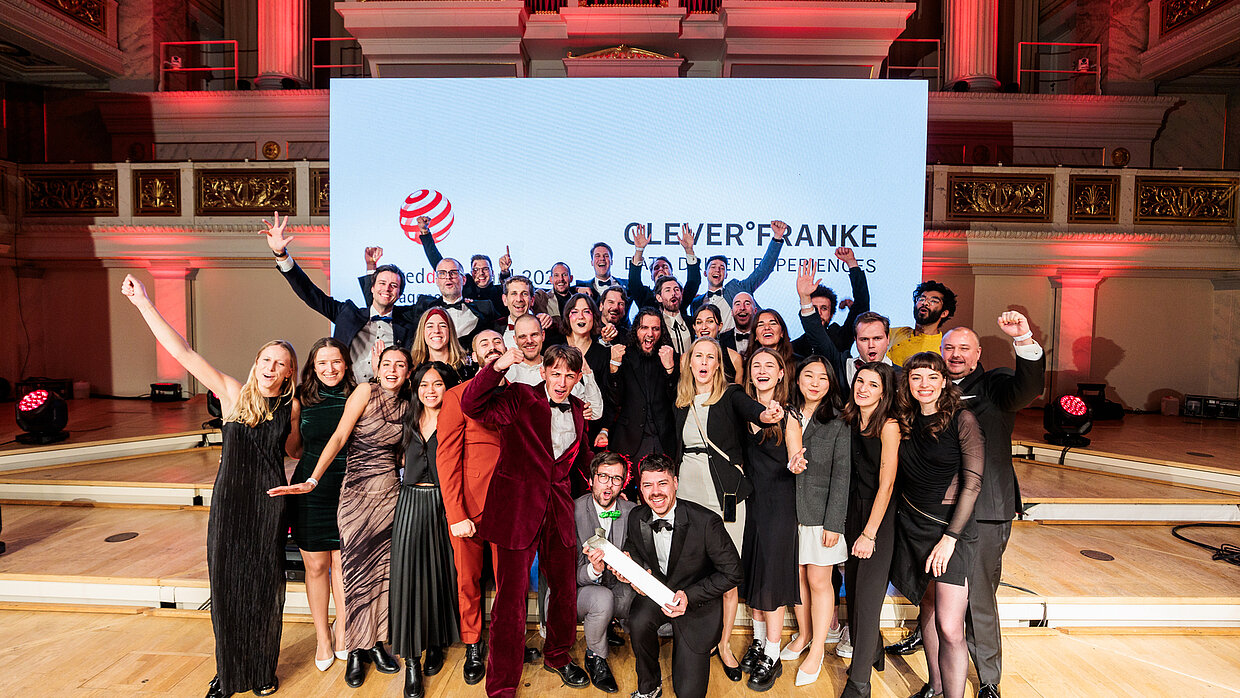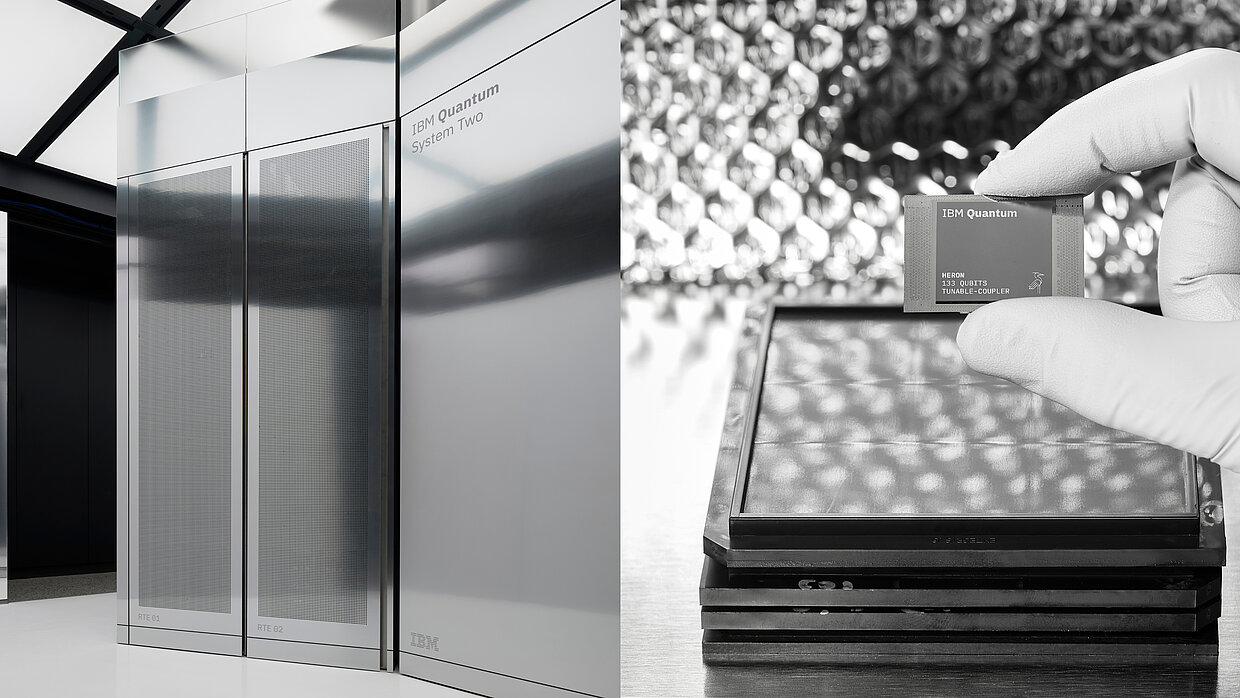
IBM Quantum
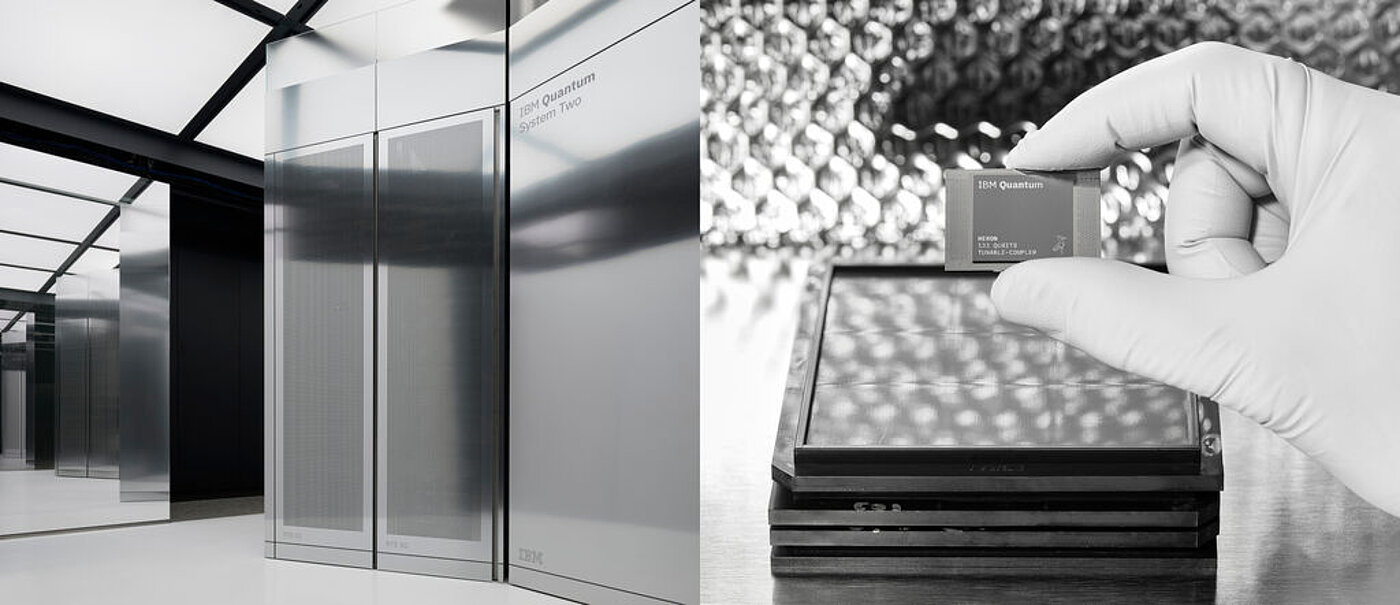
Location:
The Future Begins Now

With the IBM Quantum System Two, IBM presented the company’s first modular quantum computer and at the same time the cornerstone of its quantum-centred supercomputing architecture. A launch film, created in cooperation with Map Project Office, captures the fascinating aesthetics of this system and its possibilities in a decidedly emotional way – with a futuristic look that will get you excited for the future.
Red Dot about IBM Quantum
A film can inspire, educate and evoke emotions, making it an effective medium for engaging an audience.
Daniel Soderstedt, David Bryant, Rucyl Mills
Facts and figures
345k
Employees as of 202431
Distinctions in the Red Dot Award1911
Year of foundationAwarded projects 2024
###TITLE###
###DESCRIPTION###
IBM Quantum System Two
For a long time, quantum computing was more of a theory, with quantum computers existing only in research laboratories. Now we are witnessing the start of an era in which these computers are revealing their real benefit and demonstrating their frequently invoked superiority over classic computing. That requires scalable, in other words expandable, integrated and generally accessible solutions. Quantum System Two, from America’s most established IT company IBM, is one such solution. Because the computing power of quantum systems is set to increase exponentially over the next few years, Quantum System Two has been given a visionary, modular structure. This means it is designed so that it can grow, both in terms of capacity and physical size. To achieve this, the cryostat – the “heart” of the quantum computer, in which three quantum processors work at temperatures below minus 270 degrees centigrade – has been embedded in a hexagonal housing. It is then possible to attach, to its sides, either similar, additional modules with processors, or cuboid ones containing the necessary control elements. In the future, this basic geometric layout will support the connection of several processors. The elements are clad with anodised, polished and partly perforated aluminium. To visually accentuate their modular nature, narrow but visible gaps have been created between them. The overall construction, which is 4.60 metres high and 6.70 metres wide, is covered by a canopy of light and simultaneously embeds the entire structure in the “2x” layout grid of the IBM visual identity. The corners are made from freestanding glass panels; they define the extent of the system but simultaneously invite users in, thereby signalling openness and transparency. The system more than convinced the jury: “Quantum System Two will play a key part in how we experience the quantum era. The modular construction, the sophisticated design, the intuitive display – every last detail has been logically thought out.” In addition, the system has been created in the manner of a construction kit so as to swap in not just conventional servers but also the next generation of IBM quantum computers. It therefore offers all the possibilities for harnessing the potential of quantum computing on a large scale.
IBM Quantum System One: Cleveland Clinic
Quantum computers are considered to be one of the key emerging technologies of the 21st century. Instead of employing bits for calculations as classical computing does, they work with qubits in quantum entanglement. Quantum computers provide the potential for a significant increase in processing power. It is thought that currently intractable problems will soon be solved by quantum computers, which may also enable applications that have not even yet been thought of. The IBM Quantum System One by the U.S. tech giant IBM makes this computational power mainstream, as it is the first quantum computing system to take the step from research lab to commercial use. Naturally, such a computer first required a design. As quantum computing places high demands on its environment, a wide range of IT specialists and physicists worked with the designers. Since the system has to be protected from any type of electromagnetic radiation or other disturbances, the housing selected was a sealed, airtight cube made of borosilicate glass with a side length of 2.7 metres. The key system components, in other words the electronic controls and cryostat, were split off into separate aluminium and steel cases to ensure improved performance and a clean look. The cryostat is the refrigerator/vacuum in which the quantum computing actually takes place at temperatures colder than minus 270 degrees centigrade. It was thus placed in a central position and clad in a mirror-polished stainless-steel cylinder. By using transparent glass and mirrored surfaces, the design conveys openness and accessibility instead of evoking the impression of a black box, while still laying bare the mysteries of the quantum realm. The logo and name of the system shown on the glass cube embrace IBM’s brand identity and inspire confidence. The jury expressed itself delighted. “The design of Quantum System One is an example of outstanding work. Drawing on simple geometric forms has resulted in a compelling, timeless appearance for an extremely complex technology.” The award-winning model of System One was built together with the Cleveland Clinic and is used for medical research.
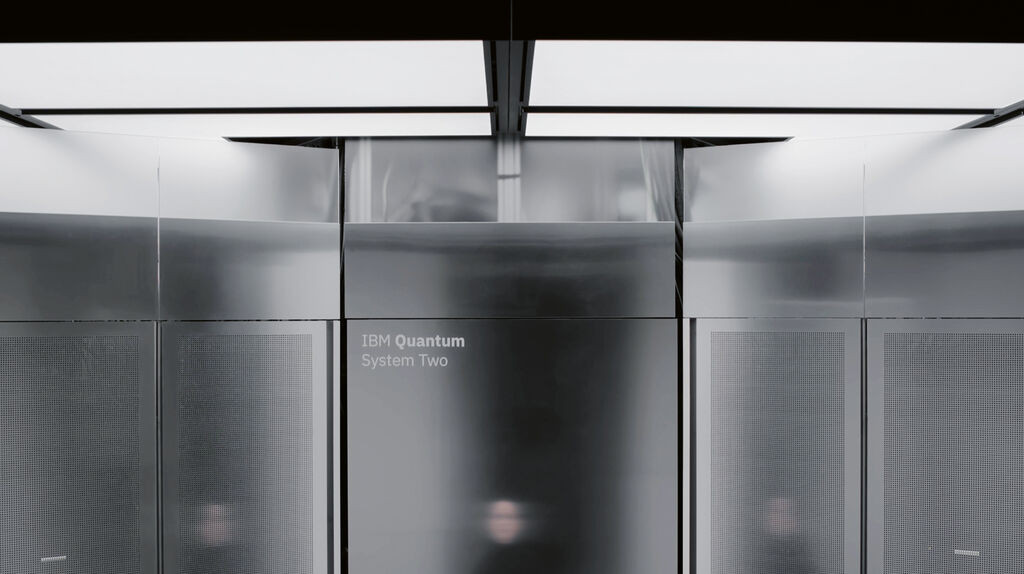
IBM Quantum System Two
To support the market launch of IBM Quantum System Two, the short film brings the viewer to the centre of the IBM Quantum’s fleet and presents the key features of the modular quantum computing system.
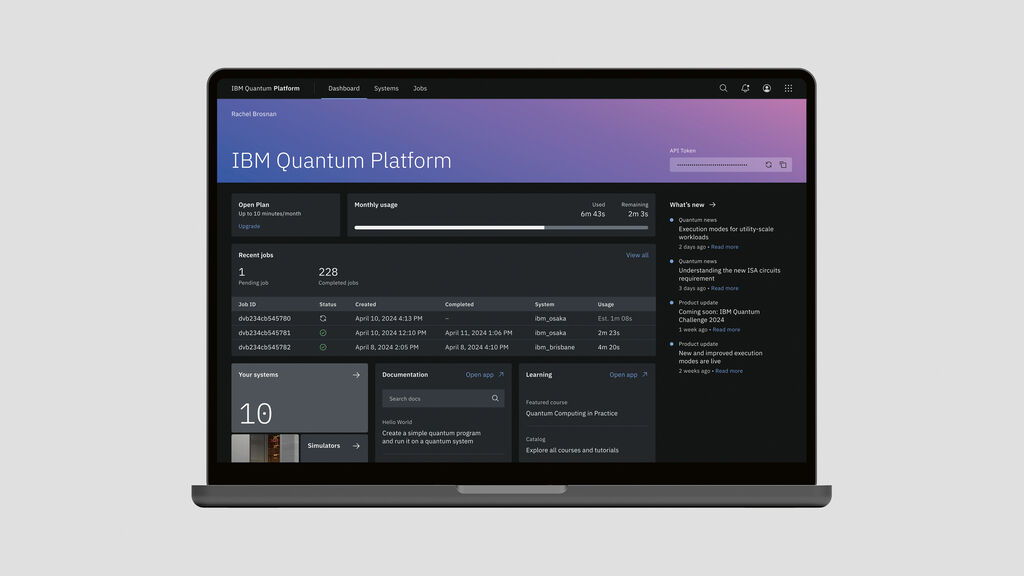
IBM Quantum Platform
The new design of the IBM Quantum Platform provides a unified, networked experience for users, allowing them to access the world’s most powerful quantum systems, as well as the Qiskit open-source software development kit for working with quantum computers.

IBM watsonx.ai
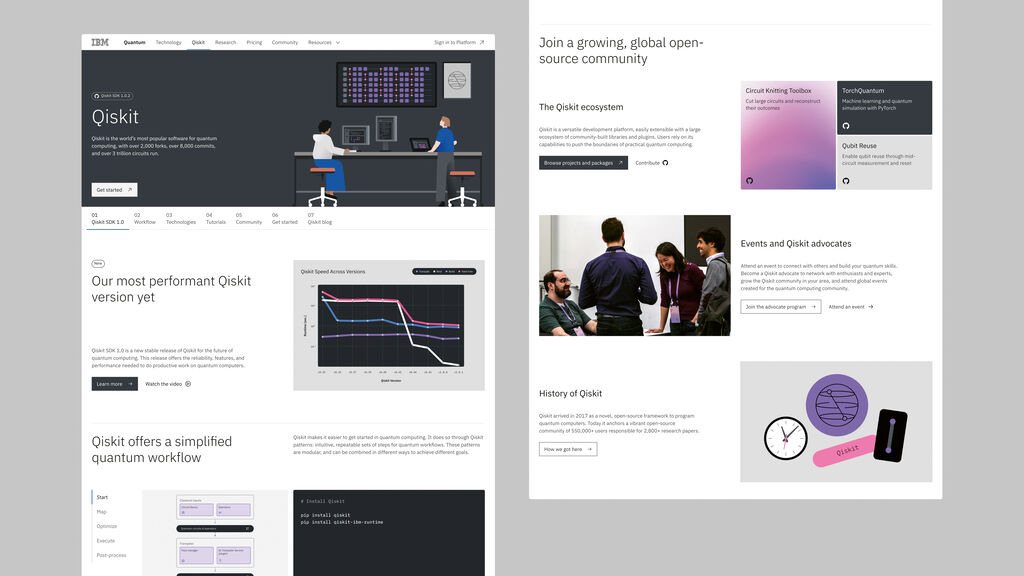
IBM Quantum
The new IBM Quantum website makes it possible to learn about quantum computing in an effortless and intuitive manner. A consistent, structured brand presence is ensured by the simplified navigation and modular layouts.
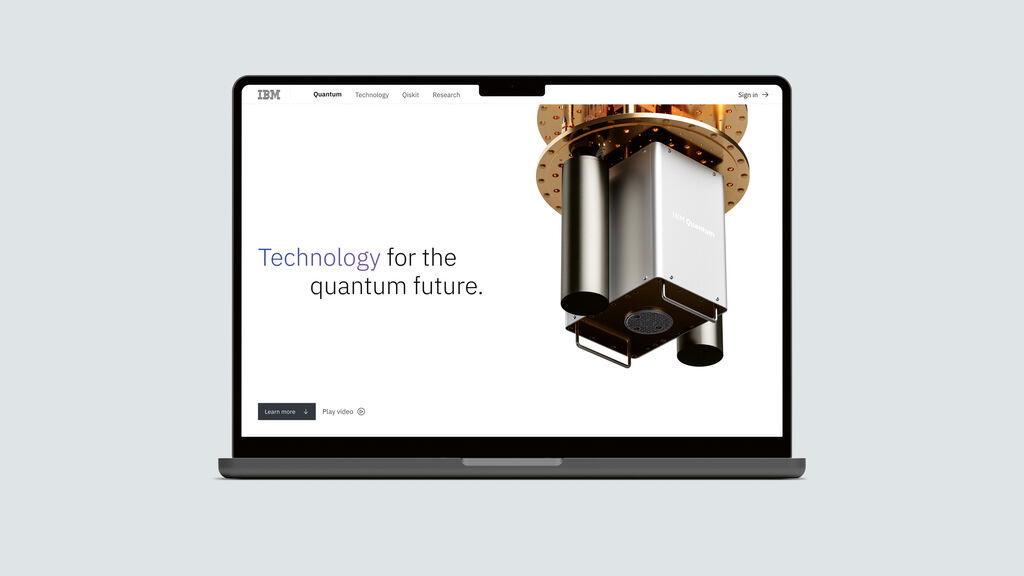
IBM Quantum
A distinct and flexible brand system was created for IBM Quantum that visualises the fundamentals of quantum computing and bridges the gap between advanced technology and human experience.
Awarded projects since 2011
###TITLE###
###SUBHEADER###
IBM z16 1
Enterprise IT System

GROHE X 2

IBM OpenPages with Watson 3

Conveyor AI 4

IBM Watson® Knowledge Catalog 5

IBM Cloud Satellite 6

IBM Blockchain Platform 7

IBM Db2 8

Data Science Experience 9

Unified Key Orchestrator within IBM Cloud Hyper Protect Crypto Services 10

Carbon Design System 11

IBM Cloud Code Engine 12

QRadar SOAR Playbook Designer 13

IBM SPSS Statistics 14

IBM Watson AutoAI 15

IBM API Connect 16

IBM Cloud Pak for Watson AIOps 17

Barmer Mobile Experience 18

AI Modeling within IBM Watson Studio 19

IBM Research Portal 20



